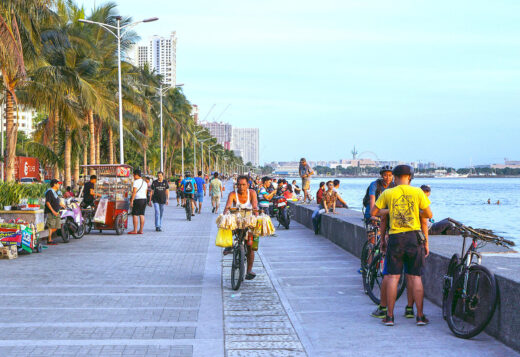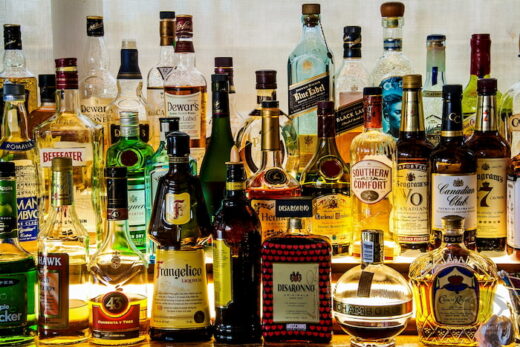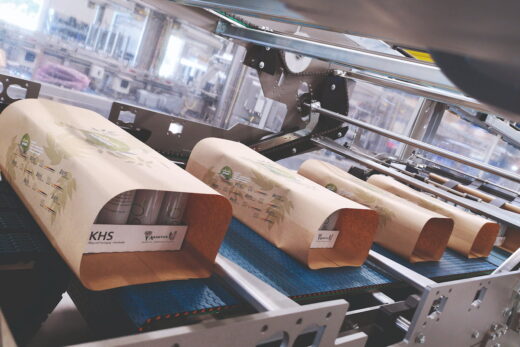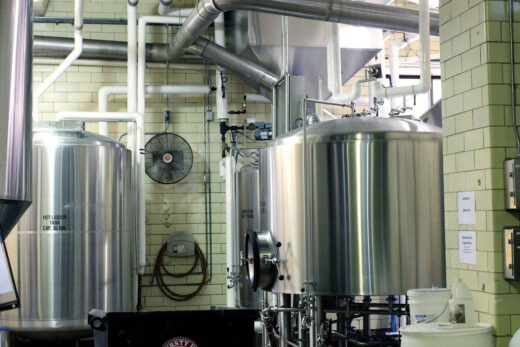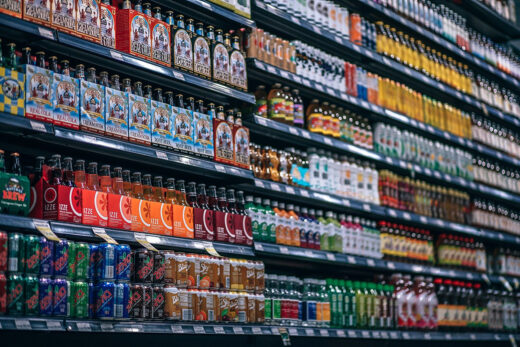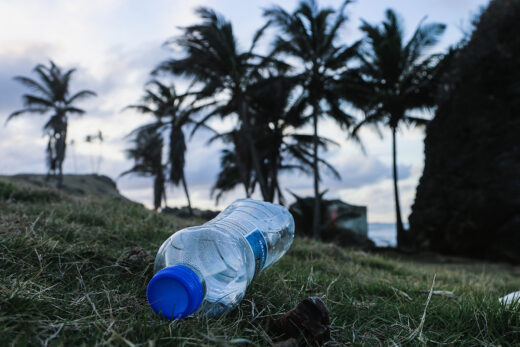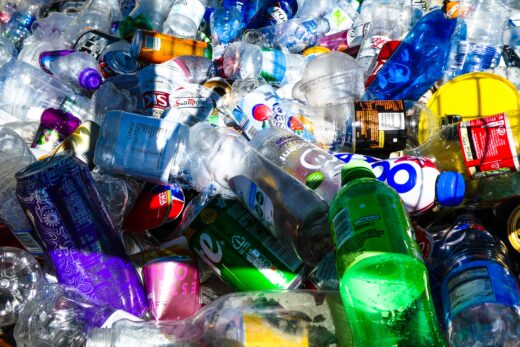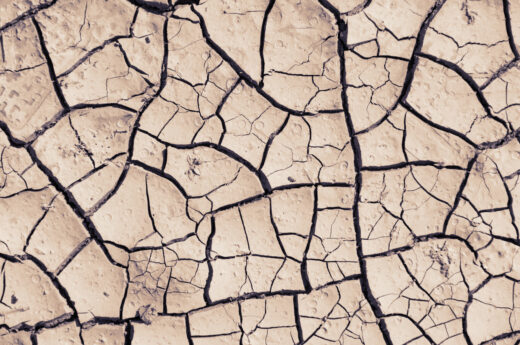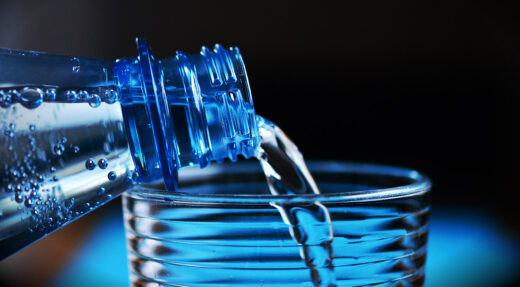The Philippines drinks market
According to the Asian Development Bank, the Philippines is facing a severe recession this year as a result of the pandemic. Years of stable economic growth of around 6.4per cent up until 2017 have been followed by a 7.3 percent fall in GDP in 2020. But the country’s economy should be back on track next year. Here, we examine what the current economic situation, the tax on sugary drinks introduced in 2018 and the coronavirus pandemic mean for the Philippines drinks industry.

